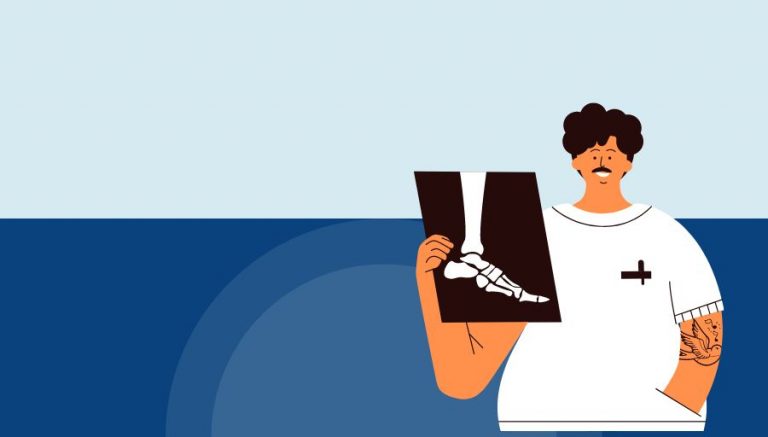How To Use CPT Code 50100
CPT 50100 describes the transection or repositioning of aberrant renal vessels, which is a separate procedure performed to treat an obstruction in the ureteropelvic junction (UPJ). This article will cover the description, procedure, qualifying circumstances, appropriate usage, documentation requirements, billing guidelines, historical information and billing examples.
1. What is CPT Code 50100?
CPT 50100 can be used to describe the transection or repositioning of aberrant renal vessels, which are abnormal blood vessels in the kidney. This procedure is typically performed to treat an obstruction in the UPJ, where the kidney attaches to the ureter. It involves making an incision or repositioning the vessels to ensure proper blood flow and prevent blockage.
2. Official Description
The official description of CPT code 50100 is: ‘Transection or repositioning of aberrant renal vessels (separate procedure).’ This code is used when the provider performs a separate procedure to address abnormal blood vessels in the kidney.
3. Procedure
- The provider prepares the patient for the procedure, ensuring they are appropriately prepped and anesthetized.
- An incision is made in the skin over the kidney, and the fatty tissues overlying the kidney are removed.
- The provider incises the peritoneum and Gerota’s fascia to expose the kidney.
- Aberrant vessels in the UPJ area are identified and dissected from the surrounding tissue.
- If there is sufficient blood supply for the kidney, the provider may make an incision across and ligate the aberrant vessels.
- In some cases, the provider may choose to reposition the aberrant vessels to prevent blockage of the kidney.
- The provider checks for bleeding, removes any instruments, and closes the wound site in layers.
4. Qualifying circumstances
CPT 50100 is performed when there are aberrant renal vessels causing an obstruction in the UPJ. These vessels are anatomically different from the norm and may disrupt the normal flow of urine from the kidney to the ureter. The procedure is typically performed by a qualified healthcare professional who has the necessary expertise in handling renal vessels and ensuring proper blood flow to the kidney.
5. When to use CPT code 50100
CPT code 50100 should be used when the provider performs a separate procedure to transect or reposition aberrant renal vessels. It should not be reported if the procedure is performed as an integral part of a larger procedure. It is important to carefully review the documentation and determine if the procedure meets the criteria for reporting CPT 50100.
6. Documentation requirements
To support a claim for CPT 50100, the provider must document the following information:
- Indication for the procedure, including the presence of aberrant renal vessels causing an obstruction in the UPJ
- Description of the procedure performed, including whether transection or repositioning of the vessels was done
- Date of the procedure
- Any complications or unexpected findings during the procedure
- Details of the closure of the wound site
- Signature of the performing provider
7. Billing guidelines
When billing for CPT 50100, ensure that the procedure meets the criteria for a separate procedure and is not reported as part of a larger procedure. It is important to review the documentation and accurately code the procedure. Additionally, be aware of any specific billing guidelines or requirements from payers regarding the use of CPT 50100.
8. Historical information
CPT 50100 was added to the Current Procedural Terminology system on January 1, 1990. In 2017, it was added to the Inpatient Only (IPO) list for Medicare reimbursement, indicating that it is typically performed in an inpatient setting.
9. Examples
- A urologist performs a separate procedure to transect aberrant renal vessels causing an obstruction in the UPJ.
- A surgeon repositions abnormal blood vessels in the kidney to ensure proper blood flow and prevent blockage in the UPJ.
- A nephrologist performs a separate procedure to ligate aberrant renal vessels that are disrupting the normal flow of urine from the kidney.
- A urological surgeon performs a separate procedure to reposition aberrant renal vessels and restore normal urine flow in the UPJ.
- A urologist performs a separate procedure to transect and ligate abnormal blood vessels in the kidney, relieving the obstruction in the UPJ.
- A surgeon repositions aberrant renal vessels to avoid any blockage of the kidney and ensure proper blood flow.
- A urologist performs a separate procedure to transect and remove aberrant renal vessels causing an obstruction in the UPJ.
- A nephrologist repositions abnormal blood vessels in the kidney to restore normal urine flow and prevent blockage in the UPJ.
- A urological surgeon performs a separate procedure to transect and ligate aberrant renal vessels, improving the flow of urine from the kidney to the ureter.
- A surgeon repositions aberrant renal vessels to ensure proper blood flow and prevent any obstruction in the UPJ.


